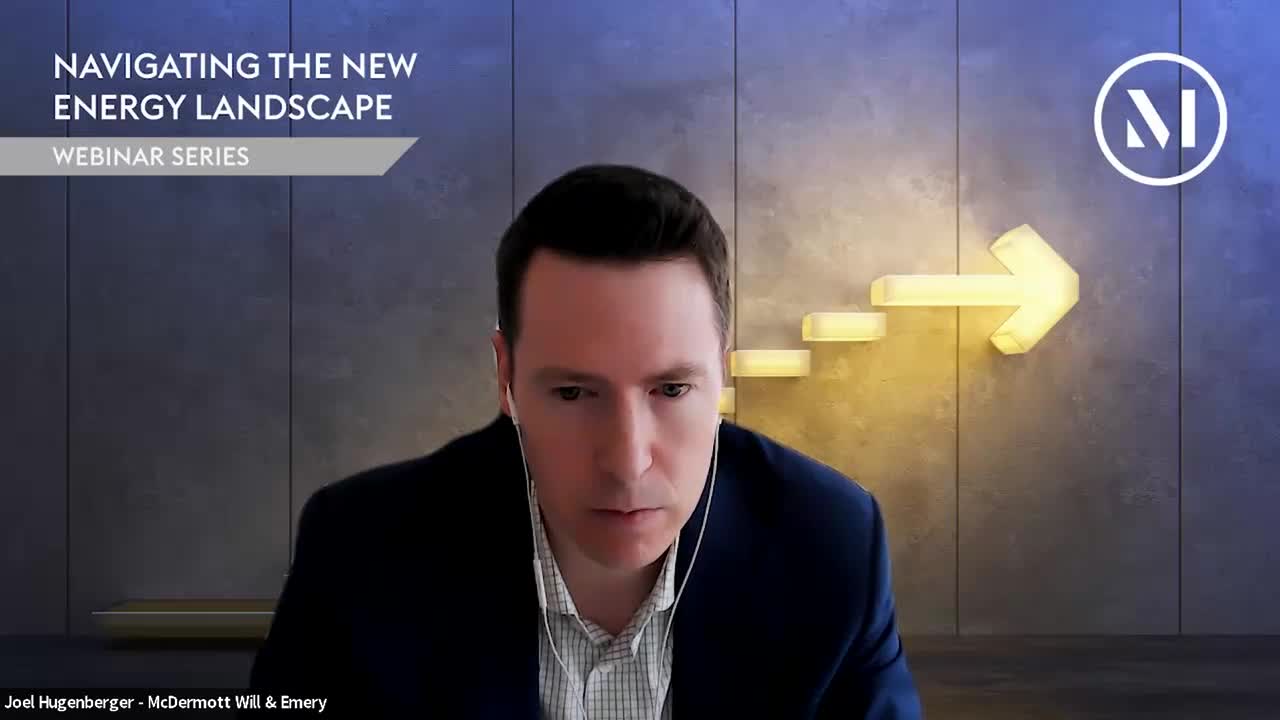Overview

During this webinar, Partners Heather Cooper and Joel Hugenberger discussed how the US renewables market has long attracted inbound investment from foreign sponsors with guest Dani Rinot, VP of Business Development – North America at Doral Renewable Energy Resources Group. They also explored the challenges and opportunities that inbound investors face when establishing themselves in this market and provided insights on related tax, regulatory, structuring and legal considerations.
Key takeaways included:
- To maintain eligibility for the tax credits generated by renewable projects in the United States, foreign sponsors will need to set up a US-based corporate structure to own the projects. Without careful corporate organizational planning, foreign sponsors may not be able to attract tax equity investors or sell the tax credits that have become transferable since the enactment of the Inflation Reduction Act of 2022.
- As a result of recent changes in Committee on Foreign Investment in the United States (CFIUS) regulations, there has been greater scrutiny of foreign developers who seek to acquire real estate and other associated land rights necessary to develop renewable projects. Advice from expert CFIUS counsel is crucial to determine if voluntary or mandatory filings with CFIUS may be necessary or desirable for inbound investors to acquire or develop projects in the United States.
- Even for foreign sponsors with established track records internationally, partnering with local developers when entering the US market allows foreign sponsors to learn about and get accustomed to the unique issues that arise when developing projects in the United States. Additionally, partnering with a local developer who has an established US track record may make projects more attractive to risk-averse tax equity investors and lenders who are cautious of financing projects sponsored by foreign developers untested in US development.
- Because of the relatively limited pool of tax equity investors, transferring the tax credits generated by a renewable project is an attractive option for foreign sponsors developing in the United States who may have trouble finding a tax equity investor for a project. Selling tax credits may be particularly attractive to foreign sponsors who are just entering the US market and need to establish a track record in the United States for more financing opportunities to be available for future projects.
- Entering into the US market, and even new regions within the United States, by purchasing construction-ready projects or already operational projects may be a good way to begin establishing a track record of success without as steep of a learning curve as greenfield development may have.
To access past webinars in the Navigating the New Energy Landscape series and to begin receiving Energy updates, please click here.